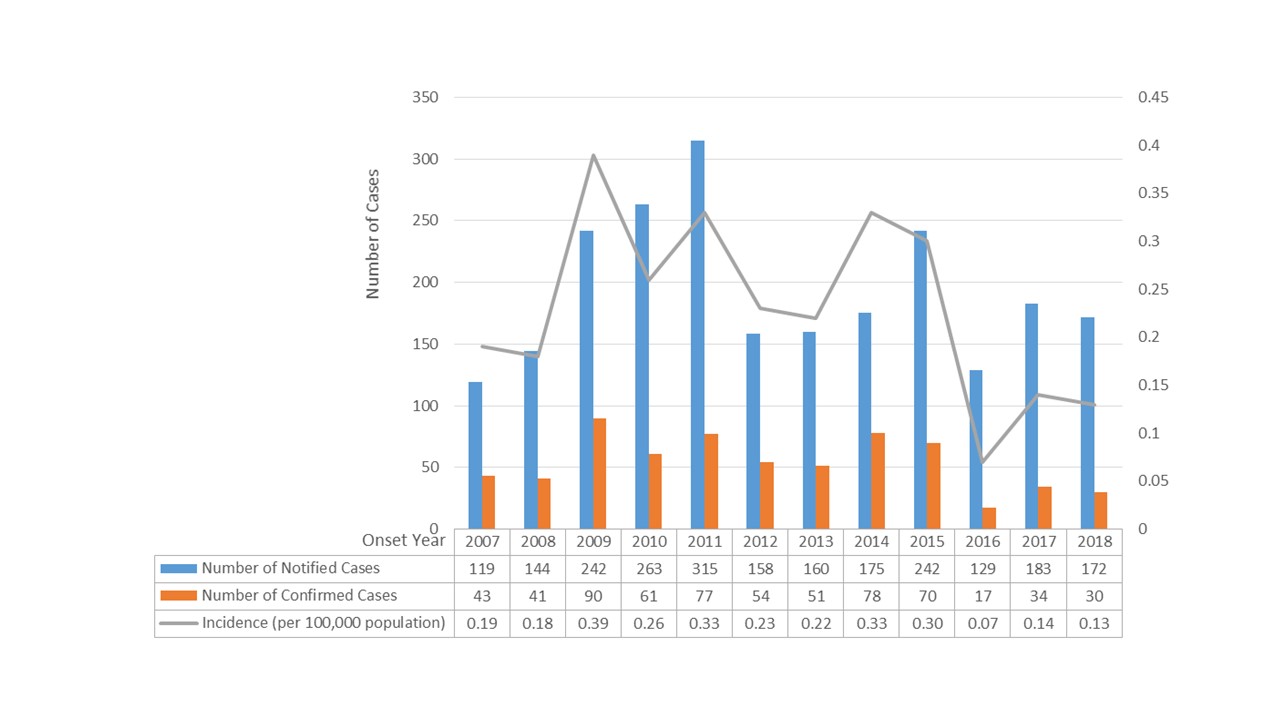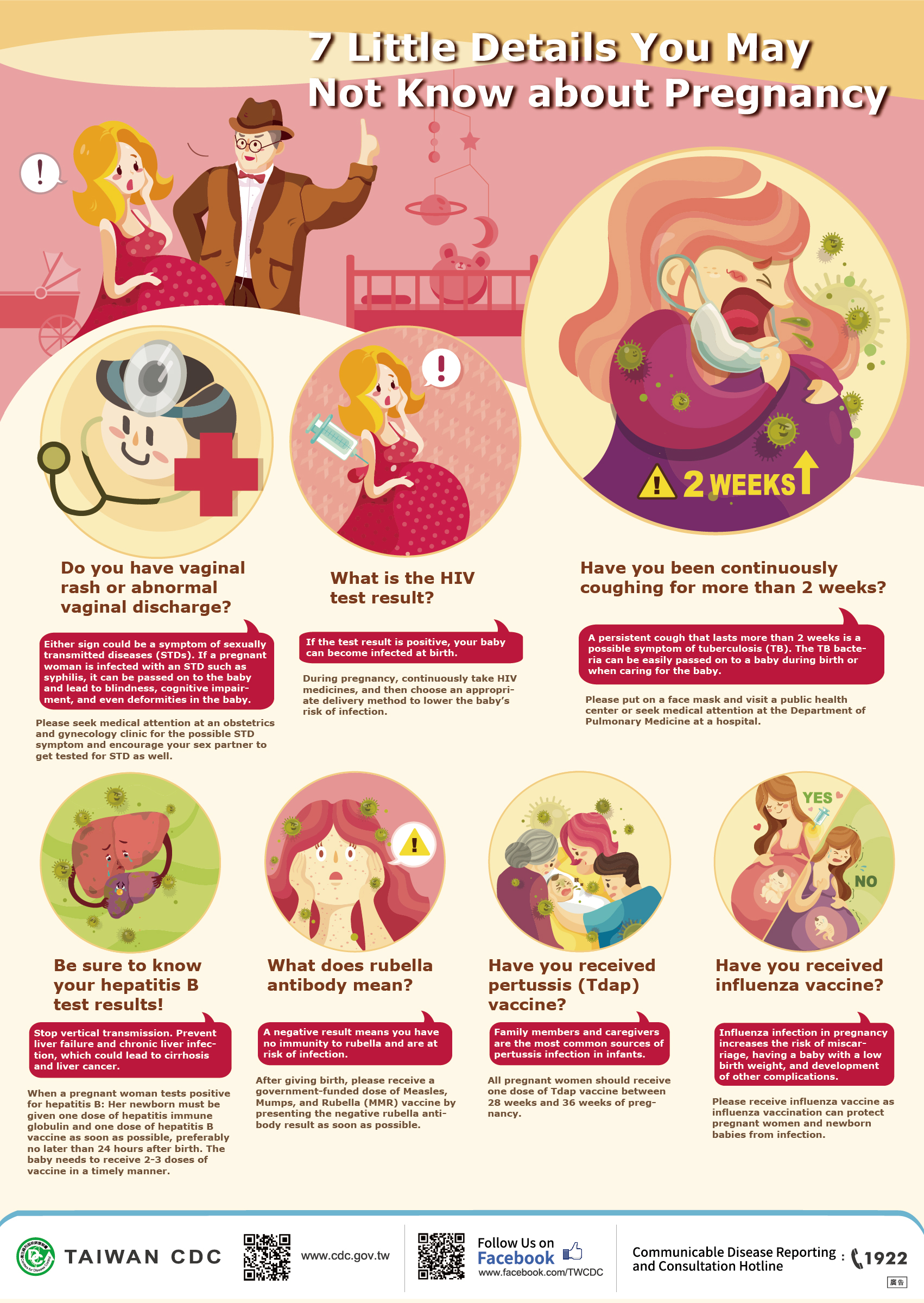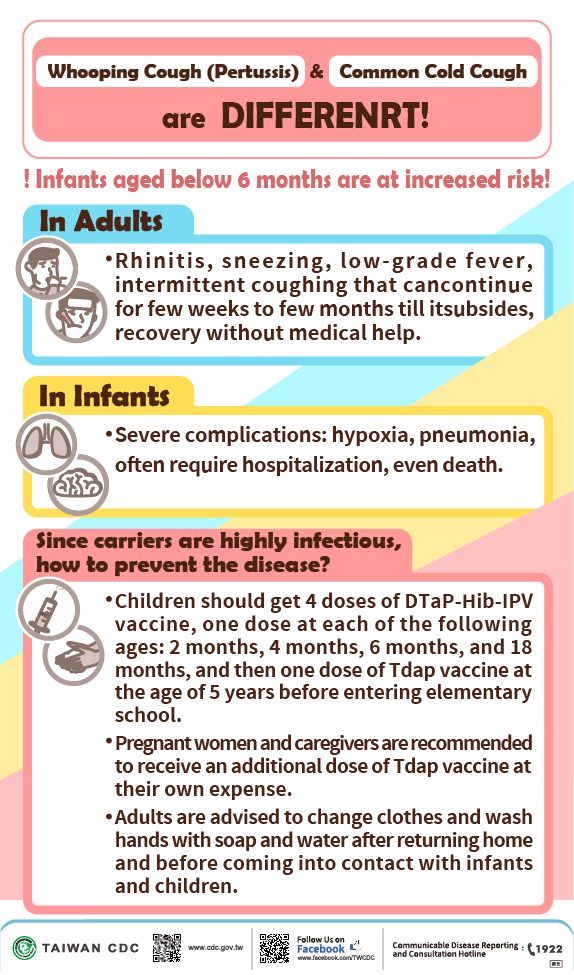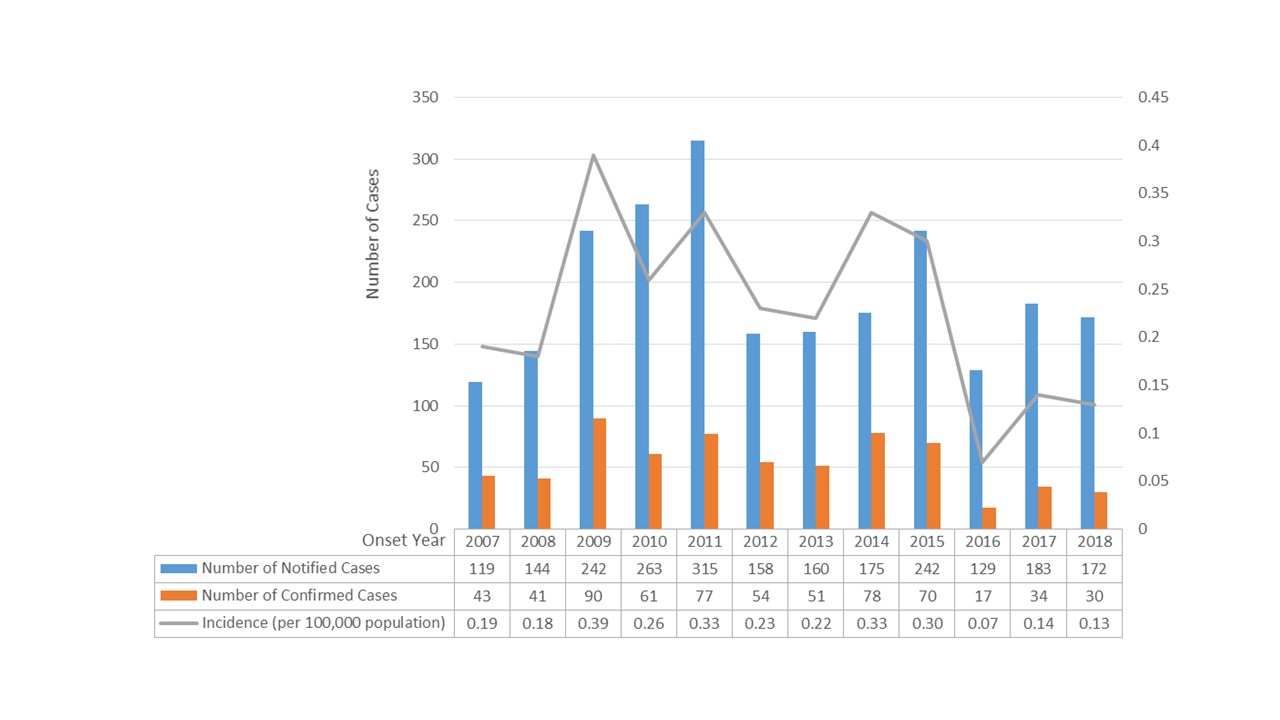-
About CDC
- Diseases & Conditions
-
Programs & Campaigns
-
Data & Statistics
- Taiwan National Infectious Disease Statistics System
- Statistics of HIV/AIDS
- Disease Surveillance Express
- Influenza Express
-
National Notifiable Disease Surveillance Report
National Notifiable Disease Surveillance Report
-
Weekly Report of Enterovirus Infection
Weekly Report of Enterovirus Infection
- Weekly Report 2025
- Weekly Report 2024
- Weekly Report 2023
- Weekly Report 2022
- Weekly Report 2021
- Weekly Report 2020
- Weekly Report 2019
- Weekly Report 2018
- Weekly Report 2017
- Weekly Report 2016
- Weekly Report 2015
- Weekly Report 2014
- Weekly Report 2013
- Weekly Report 2012
- Weekly Report 2011
- Weekly Report 2010
- Weekly Report 2009
- Weekly Report 2008
- Taiwan Healthcare-associated infection and Antimicrobial resistance Surveillance System
- Taiwan CDC Open Data Portal
- International Cooperation
- News
- Privacy Policy
- Security Policy
- Government Website Open Information Announcement
- Copyright Notice on Health Educational Materials
Background
Pertussis, commonly known as whooping cough, is an acute and highly contagious cough illness lasting at least 2 weeks with one of the following: paroxysms of coughing, inspiratory “whoop”, or post-tussive vomiting (vomiting immediately after coughing).
The incubation period of pertussis is commonly 9–10 days, with a range of 6–20 days.
The clinical course of the illness is divided into three stages.
The first stage, the catarrhal stage: coryza (runny nose), sneezing, low-grade fever, and a mild, occasional cough, similar to the common cold. The second stage, the paroxysmal stage, the patient has bursts, or paroxysms, of numerous, rapid coughs.
The third stage, the convalescent stage, recovery is gradual. The cough becomes less paroxysmal and disappears in 2 to 3 weeks.
Pertussis can strike at any age but is particularly dangerous for babies. Adolescents and adults are the most important reservoir for Bordetella pertussis and are often the source of infection for infants.
Pertussis caused by the bacterium B. pertussis. B. pertussis is a small, aerobic gram-negative rod. It is fastidious and requires special media for isolation.
Outbreaks of pertussis were first described in the 16th century, and the organism was first isolated in 1906.
Epidemiology
Pertussis occurs worldwide. In recent years, the annual number of confirmed Pertussis cases is about 40 to 90 in Taiwan. Pertussis epidemic occurred in Families, schools, hospitals, child care centers.
The monthly distribution of pertussis cases shows that the number of cases peaks was not as noticeable as some foreign countries.
According to the analysis of data from the notifiable infectious disease reporting system, the age distribution of confirmed cases indicated that most of the cases occurred in infants and adolescents.
 Figure: Pertussis by year, Taiwan
Figure: Pertussis by year, Taiwan
Pertussis Surveillance in Taiwan
Taiwan National Infectious Disease Statistics System Pertussis
Prevention and Control
Prevention methods
In addition to awareness campaigns, timely vaccination remains significant.
Vaccination
The Taiwan government provides free immunizations to children including 5-in-1 (diphtheria and tetanus toxoid with acellular pertussis, haemophilus influenzae type b, and inactivated polio, DTaP-Hib-IPV), diphtheria and tetanus toxoids with acellular pertussis and inactivated polio vaccine (DTaP-IPV).
Parents of newborns are given a children’s health handbook with a recommended immunization schedule. Children can receive vaccinations at health stations and contracted hospitals and clinics across Taiwan. Health stations regularly carry out health promotion programs for improving the coverage rate.
Control methods
Surveillance: Case detection and reporting
Pertussis belongs to the third category of notifiable infectious diseases.If a doctor treats a patient suspected of having a notifiable infectious disease, the doctor must report the case within one week.
Other Control methods
Case management should including infection control, isolation, treatment and follow up.
Other control methods include management of contacts, cases of education, travel advice, laboratory diagnosis, research and development.
Pertussis outbreaks should be promptly investigated. Outbreaks investigation should including the dates of onset, age of patient, immunization status, geographic location and outcome (alive or dead) for each case.
FAQs
- What causes pertussis?
- Pertussis is caused by a bacterium called Bordetella pertussis, found in the mouth, nose and throat. Bordetellae are Gram-negative aerobic bacteria.
- How is pertussis transmitted?
- Pertussis is a very contagious disease and spreads from person to person. People with pertussis usually spread the disease to another person by coughing or sneezing or when spending a lot of time near one another where you share the same space.
- Many babies who get pertussis are infected by older siblings, parents, or caregivers who might not even know they have the disease.
- What are the common symptoms of pertussis?
- The main symptoms of Pertussis is cough lasting at least 2 weeks with one of the following: paroxysms of coughing, inspiratory “whoop”, or post-tussive vomiting (vomiting immediately after coughing).
- What is the incubation period of pertussis?
- The incubation period of pertussis is commonly about nine to ten days, with a range of six to twenty days.
- How is whooping cough treated?
- Whooping cough is treated with antibiotics. It’s important to start treatment as soon as possible to slow the spread of the disease. Early treatment may also make the symptoms less severe.
圖片



為提供使用者有文書軟體選擇的權利,本網站提供ODF開放文件格式,建議您安裝免費開源軟體 (https://www.ndc.gov.tw/cp.aspx?n=32A75A78342B669D) 或以您慣用的軟體開啟文件。

